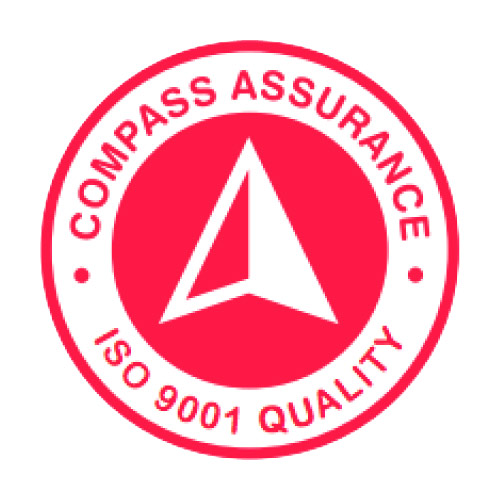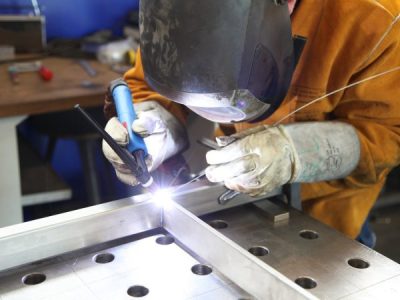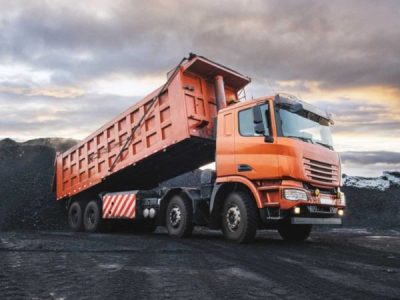You’ve decided it’s time for an upgrade to your earthmoving equipment fleet. Whether you’re looking to replace ageing machines or expand into new areas of work, you want to make sure you’re choosing equipment that’s popular and gets the job done. As an Australian contractor, you have some fantastic options from brands that understand our unique conditions. Here are a few of the earthmoving equipment models that are the most popular and highly rated by contractors across Australia. These machines are tried, tested, and trusted to handle everything from mining and construction projects to farming and forestry work. With equipment this capable and versatile, you’ll be positioned to take on any job and complete it efficiently.
If you’ve already got earthmoving equipment that needs paint restoration, contact APT Spray Painting today. We have years of experience providing protective paint systems for heavy machinery and earthmoving equipment. Call us on: 07 3390 5721 or click here!
Excavators: Digging Deeper
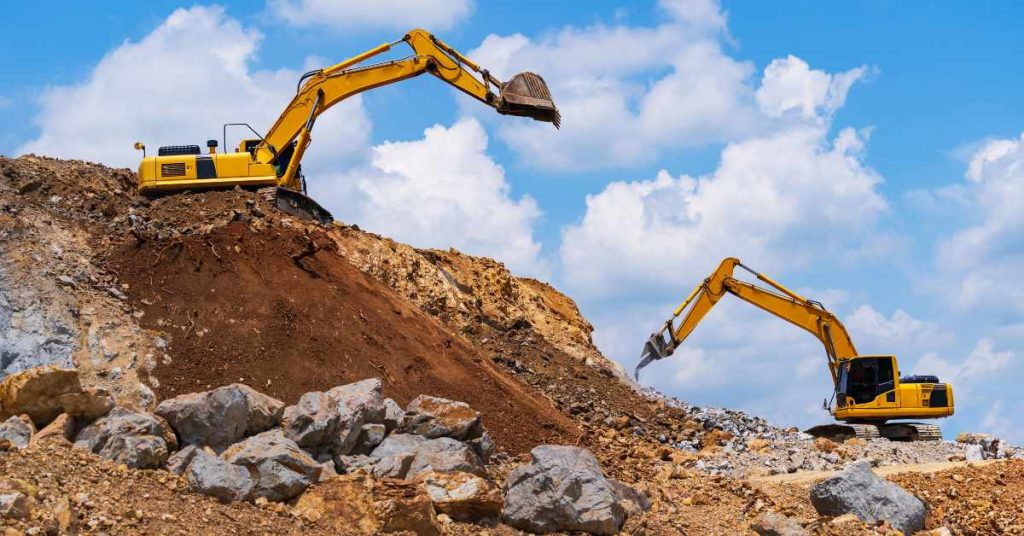
Excavators are one of the most popular and versatile pieces of earthmoving equipment in Australia. These hydraulic-powered machines make digging and moving soil, rocks, and other materials a breeze.
There are several types of excavators, from compact mini excavators perfect for tight spaces to massive machines for major construction projects. The most common for homeowners and small contractors are compact excavators, with an operating weight of up to 6 to 8 tonnes. These are highly manoeuvrable, easy to transport, and can handle most small to mid-sized jobs.
Excavators all have the same basic parts: a cab for the operator, a boom, an arm, a bucket, and a rotating platform known as the ‘house’. The operator controls the boom, arm, and bucket to dig, lift, and move material. Excavators can also be fitted with different attachments like hydraulic hammers, grapples, and augers to increase their versatility. This versatility is what makes them the first choice for many contractor businesses.
If you need to dig holes, trenches, or foundations, clear land, or move large amounts of soil or debris, an excavator is the ideal machine for the job. Excavators provide power, precision, and productivity, allowing you to complete more work in less time. No wonder they’re a staple on construction sites and farms across Australia.
Bulldozers: Pushing Forward
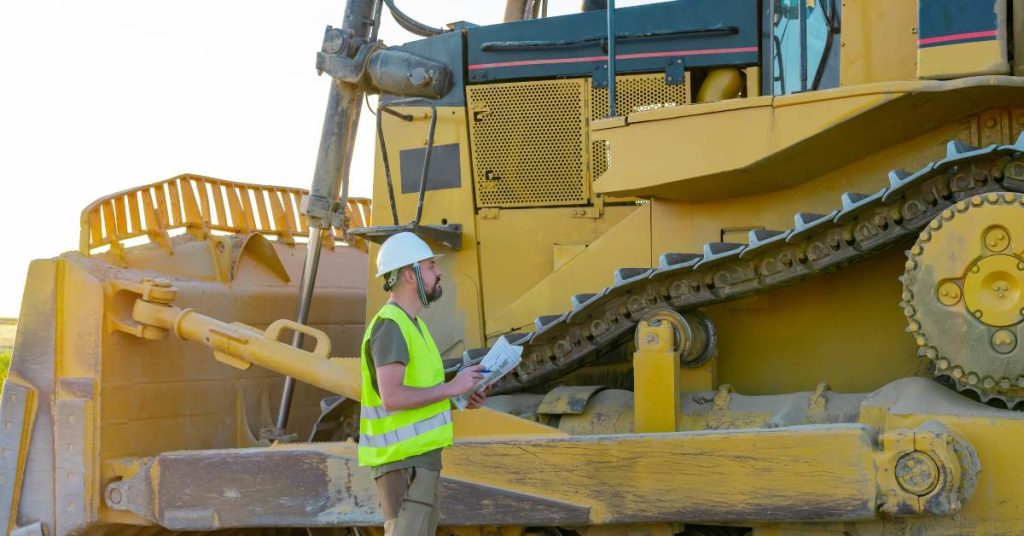
Bulldozers are one of the most popular and well-known pieces of earthmoving equipment in Australia. These powerful machines are designed for pushing large amounts of soil, sand, rubble, and other materials during construction and mining projects.
Bulldozers, or “dozers” for short, typically have a front-mounted blade used to push and move materials. The blade can be raised, lowered and angled to push soil and debris. Dozers come in different sizes depending on the scale of work, from small machines for residential construction up to massive bulldozers for large mining operations.
To operate a bulldozer, an experienced operator sits in the cab and controls the blade and tracks. The tracks provide traction and mobility, allowing the bulldozer to push heavy loads. Dozers are versatile and can also be used for tasks like clearing land, ripping rock, and rough grading.
If you’re looking for powerful earthmoving equipment to get the job done, bulldozers should be at the top of your list. These machines have been pushing Australia’s largest construction and mining projects forward for decades. With a skilled operator at the controls of a bulldozer, there are few limits to what can be accomplished.
Wheel Loaders: Scooping Up the Work
Scooping and Loading
Wheel loaders are essential for scooping up loose material like sand, gravel, or dirt and loading it into haul trucks for transport. Their large buckets can hold up to 8-10 cubic metres of material in a single scoop.
The most popular wheel loaders in Australia are Caterpillar’s 950 GC and Komatsu’s WA380. These mid-size loaders are very versatile and can handle a variety of tasks on Australian construction sites, in quarries, and for mining operations. Their powerful engines, durable components, and optional attachments like pallet forks make them a worthwhile investment for many contractors.
For smaller jobs, you might consider a compact wheel loader like the compact Caterpillar 906 or JCB’s 407. Although they have a smaller capacity, they are more manoeuvrable in tight spaces. They work well for landscape supply yards, farms, and residential construction.
No matter what size you need, a wheel loader will make quick work of moving massive amounts of material. Their power and efficiency are hard to beat when you need to get the job done. When shopping for a wheel loader, consider how much you need to move, the types of jobs you’ll use it for, and optional attachments that can boost its versatility. With the right loader for your needs, you’ll be scooping and loading in no time!
Dump Trucks: Hauling the Load

Dump trucks are essential for moving large amounts of loose material like sand, gravel, and dirt at construction sites. These powerful hauliers come in a range of sizes for different needs.
Standard Dump Trucks
The most common dump trucks on Australian worksites are the 10-wheeler and 12-wheeler models. These medium-sized trucks can haul about 12,700 to 30,000 kilograms of material in their tilting trays. They’re extremely versatile and used for a wide range of earthmoving and construction tasks.
- 10-wheelers have two axles at the front and three at the rear, with the front axle steering the vehicle.
- 12-wheelers have an additional axle for greater load capacity.
Heavy-Duty Dump Trucks
For major infrastructure projects, massive 40-tonne and 50-tonne dump trucks are deployed. These beasts of the road, like the Caterpillar 775 and Komatsu 960E, can shift huge volumes of material efficiently. However, their large size requires specially trained operators and they are more difficult to manoeuvre.
- 40-50 tonners have two axles at the front and four at the rear to distribute the immense weight.
- Powered by diesel engines producing over 1,000 horsepower, these mega trucks can cruise at 50-60 km/h fully loaded.
- Their massive trays, some over 10 metres long, tilt up for quick unloading.
Whether moving soil, transporting aggregates, or hauling debris, dump trucks of all sizes keep Australia’s biggest earthmoving and mining operations rolling. They form the heavy-duty backbone of our construction industry.
Motor Graders: Smoothing the Way
Smoothing the Way
Motor Graders are essential for preparing land for construction by levelling and smoothing the ground. These powerful machines have a long blade that can be angled and tilted to move soil, sand, gravel, and other materials. Graders come in many sizes for different applications, from small models for residential use up to massive machines for major infrastructure projects.
In Australia, some of the most popular grader brands are Caterpillar, Komatsu, Volvo, and John Deere. Caterpillar’s line of motor graders, in particular, are very common across commercial and government projects.
Graders are versatile tools that allow you to:
- Cut and fill soil to level surfaces
- Create embankments and slopes
- Spread and compact materials
- Plough snow and maintain unpaved roads
- Dig shallow trenches
- Remove debris and clear land
When it comes to moving earth, levelling ground, and preparing sites, graders get the job done. These machines have become indispensable for all types of construction and development. With the right grader and a skilled operator, you’ll be smoothing the way in no time.
Drill Rigs: Making Burrows
Drill rigs are essential for excavating deep into the earth. These towering machines are designed specifically for boring into soil and rock to access resources like coal, oil, and natural gas deposits.
Compaction Machines: Levelling the Ground
Compaction machines are essential for preparing building sites and foundations. These machines level and compress the soil to provide a solid, stable base for construction.
Rollers
The most common compaction machines are rollers. Rollers use the weight and vibration of one or more heavy drums to compress the soil. Small rollers are typically used for compacting soil around foundations and in tight areas, while larger rollers are better for open sites. The three main types of rollers are:
- Static rollers: Use only the weight of the drums to compress the soil. Best for finishing compaction.
- Vibratory rollers: Vibrate the drums at high frequency to force air out of the soil and increase compaction. Can handle wet, cohesive soils.
- Pneumatic rollers: Have tires filled with compressed air. The air provides cushioning, allowing the roller to operate on uneven ground and prevent over-compaction.
Rammers
Rammers, also known as tampers, are handheld machines used to compact soil in areas rollers can’t reach. They work by repeatedly dropping a heavy piston onto the soil. Rammers are ideal for compacting soil around utility poles, foundations, and in trenches.
Compaction is a crucial step in preparing any building site. The right compaction equipment can turn loose, unstable soil into a firm, durable base, ensuring structures are built on solid ground. With options like rollers, rammers, and other machines, contractors have the tools they need to get the job done right.
Skid Steers: Mighty yet Small
Skid steers are compact, highly manoeuvrable machines used for earthmoving on construction sites. Although small in size, these powerhouses pack a punch.
Power and Precision
Skid steers get their name from their steering mechanism—they steer by skidding their tires. This allows them to spin within their own footprint, ideal for working in tight spaces. They are equipped with powerful diesel engines and hydraulic systems that provide ample torque to push, lift, and move heavy loads.
Skid steers give operators precision control. Their arms can lift and move attachments like buckets, grapples, and pallet forks with pinpoint accuracy. This makes them well suited for landscaping, digging trenches, moving supplies around work sites, and demolition projects where control and manoeuvrability are key.
Popular Attachments
The real versatility of skid steers comes from their attachments. There are over 50 types of skid steer attachments available for handling various tasks. Some of the most popular include:
- Buckets – For scooping, loading, and moving loose material like dirt, gravel, and debris.
- Grapples – For picking up and transporting heavy, awkward loads like logs, pipes, and boulders.
- Augers – For drilling holes for posts, trees, and foundations.
- Trenchers – For digging trenches for plumbing, irrigation, and drainage lines.
- Pallet forks – For lifting and moving pallets of supplies, equipment, and materials around the work site.
Although small, skid steers and their attachments provide a powerful and precise solution for many earthmoving and construction needs, especially in tight work areas. Their popularity in Australia and around the world is well deserved.

